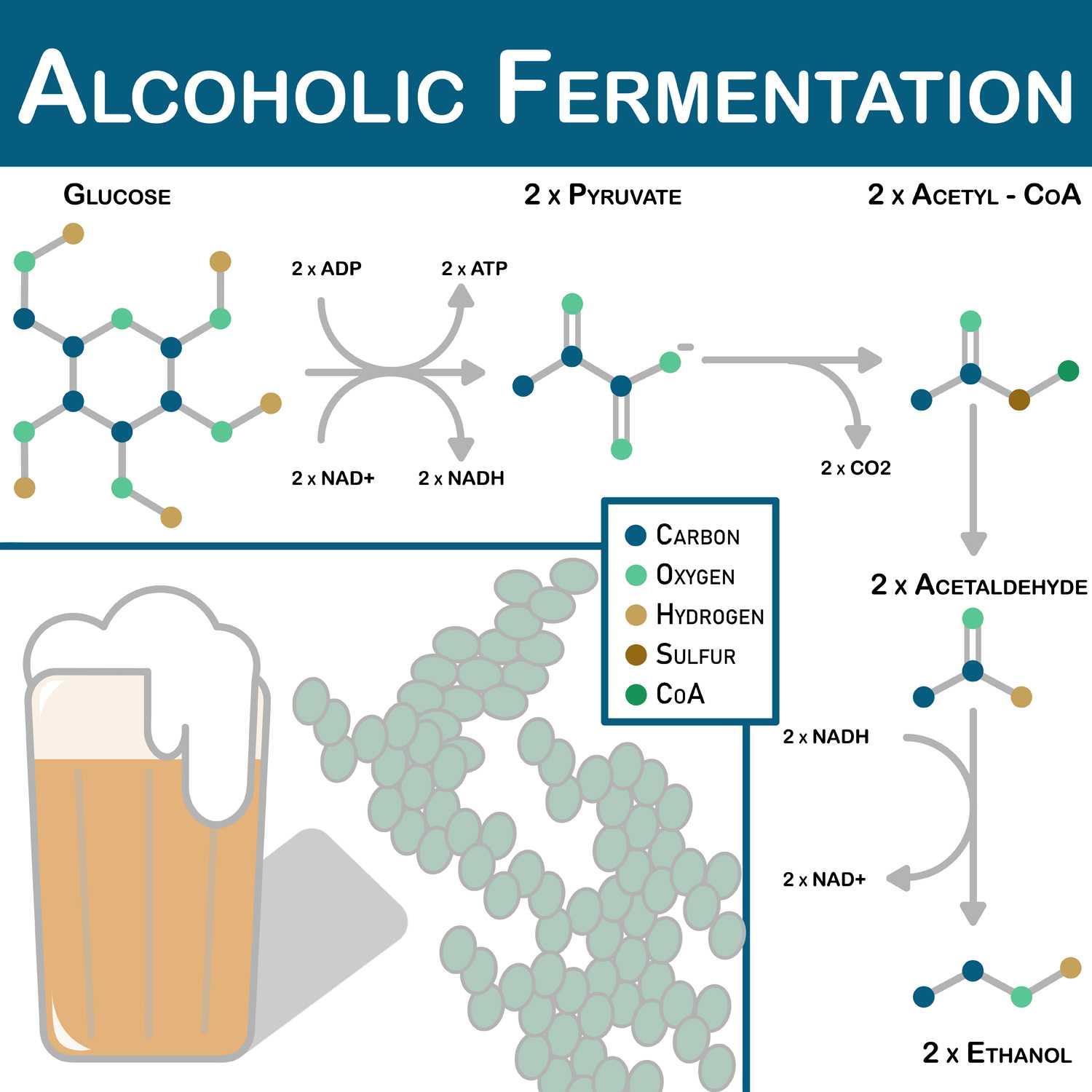In the world of bread, few loaves evoke as much romance and reverence as the French baguette.With its golden, crispy crust and soft, airy interior, this iconic bread has captured the hearts—and appetites—of food lovers across the globe. While the baguette may seem like a simple creation, the art of mastering this delightful loaf is a journey that spans time, technique, and a touch of culinary magic. In this article, we will unravel the secrets behind achieving that perfect crust and tender crumb, guiding both novice and experienced bakers alike in their quest to recreate this timeless classic at home. dust off your flour, preheat your ovens, and prepare to embark on a flavorful adventure that honors tradition while igniting your passion for baking.
The Essential Ingredients for Authentic French Baguette
To achieve that iconic crust and tender crumb of a traditional French baguette, you must harness the power of a few essential ingredients. Each one plays a pivotal role in developing the breadS character and flavor. Start with high-protein bread flour, which delivers the strength needed for gluten development, allowing the baguette to rise beautifully while maintaining its shape.Combine this with pure water, free from chlorine and impurities, providing the perfect environment for yeast to thrive. a delicate touch of sea salt enhances the flavor and helps control the fermentation process, ensuring your dough has depth and complexity.
The magic of a genuine French baguette also lies in the yeast.While you can use active dry yeast, many bakers prefer the nuanced flavors developed through natural fermentation with sourdough starter or poolish, a mixture of flour and water left to ferment before being added to the dough. This technique not only adds an exquisite taste but also improves the texture. Below is a summary of these ingredients and their contributions:
| Ingredient | Role in Baguette |
|---|---|
| Bread Flour | Provides strength and structure for the baguette. |
| Water | Creates the proper hydration for dough and yeast activation. |
| Sea Salt | Enhances flavor; regulates fermentation. |
| Yeast | Ferments sugars, causing the dough to rise. |

Techniques for Achieving the Perfect Rise and Crust
Achieving the ideal rise and crust in a French baguette requires a combination of scientific precision and artisanal touch. Start with high-quality ingredients, as they significantly influence the final outcome. Utilize a strong bread flour that boasts a high protein content, typically around 12-14%, which helps develop gluten for better structure and a superior rise. Don’t underestimate the power of hydration; using a dough with at least 75% water will ensure a moist crumb and promote that sought-after artisan crust. Also, consider incorporating a preferment, like poolish or biga, to enhance both flavor and texture.
Once your dough is prepared, the method of shaping and proofing plays a pivotal role in achieving the characteristic baguette profile. Follow these simple tips for success:
- Gentle Handling: Avoid deflating the dough; handle it lightly to retain air pockets that contribute to the rise.
- Controlled Proofing: Allow the dough to proof slowly in a cool environment to enhance flavor development while ensuring it rises adequately.
- Steam injection: Introduce steam in the first few minutes of baking to create a crispy crust. This can be achieved using a pan of water in the oven or spritzing the dough with water before loading it in.

Mastering Fermentation: The Key to Flavorful Dough
Fermentation is the heart and soul of a well-crafted French baguette, transforming basic ingredients into a canvas of flavors and textures. During this magical process, the dough is allowed to rest and rise, during which yeast and bacteria work their wonders, breaking down sugars and producing carbon dioxide and organic acids. This not only imparts a complex flavor profile but also creates the all-vital airy structure. The longer the fermentation, the more pronounced the nutty and tangy notes will become. A slow, cold fermentation in the refrigerator, lasting anywhere from 12 to 72 hours, can elevate your baguette from ordinary to remarkable, allowing the dough to develop its character over time.
To achieve the best results, consider the following techniques to master fermentation:
- Autolyse: Combine flour and water before adding yeast and salt to allow gluten formation.
- Stretch and Fold: This technique enhances gluten structure without heavy kneading.
- Bulk Fermentation: Allow the dough to double in size,perfect for flavor development.
- Pretreatment Temperature: Experiment with varying temperatures to control fermentation speed.
Understanding fermentation timelines can also be beneficial. Here’s a simple breakdown:
| Fermentation Stage | Duration | Flavor Development |
|---|---|---|
| Autolyse | 30 minutes – 1 hour | Starts flavor creation |
| Bulk Fermentation | 1 - 4 hours | Develops depth |
| Cold Fermentation | 12 – 72 hours | Enhances complexity |

baking Tools and Tips for a Baguette Worth Savoring
Baking a perfect baguette requires more than just flour, water, yeast, and salt; it demands the right tools and techniques to elevate your baking experience. To start, ensure you have essential equipment that drastically impacts the final result. Consider investing in the following:
- Baking Stone or Steel: these help retain heat and create that elusive crust.
- Banneton (proofing basket): A must for supporting the dough as it rises, imparting a stunning texture.
- Sharp Lame: This tool is vital for scoring your dough just before baking, allowing for proper expansion.
- Kitchen Scale: Precision in measuring ingredients can make or break your dough.
Additionally, mastering the hydration level of your dough is crucial for achieving a baguette with a moist crumb. Beginners might find an 80% hydration level a good starting point. For the ideal fermentation, consider a long, cold rise in the refrigerator, which enhances flavor complexity. Here’s a simple comparison to help you visualize hydration levels:
| Hydration Level (%) | Effect on baguette |
|---|---|
| 60% | Tight crumb, less open structure |
| 70% | Balanced texture, airy yet firm |
| 80% | Very open crumb, chewy crust |
Concluding Remarks
As you embark on your journey to mastering the art of baking the perfect French baguette, remember that patience and practice are your greatest allies. Each knead of the dough, every rise, and the gentle crackle of the crust emerging from the oven tells a story of tradition and craftsmanship. While the recipe may provide the framework, it is your unique touch and attention to detail that will transform simple ingredients into a warm, fragrant masterpiece.
So,dust off your apron,gather your ingredients,and allow the enchantment of baking to transport you. With time and determination, you’ll not only create a baguette that would make any Parisian proud but also enjoy the delectable reward of your labor. Embrace the process, savor every bite, and soon enough, you’ll see that the joy of baking is just as pleasurable as the joy of sharing your creations. Happy baking!